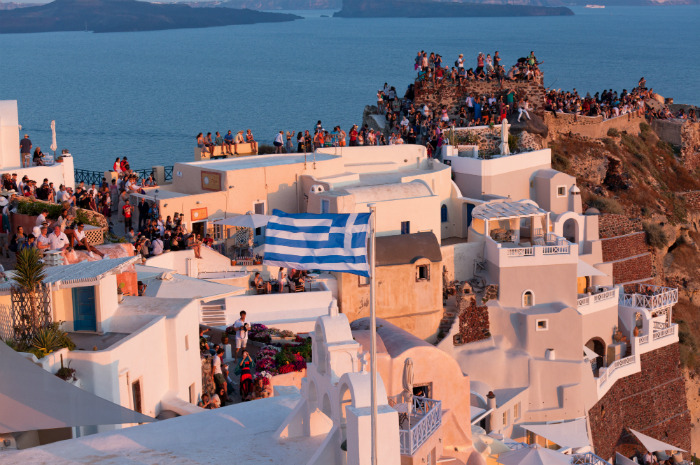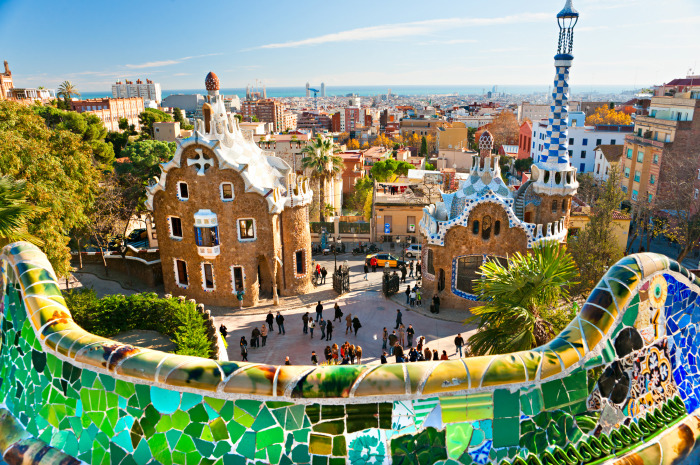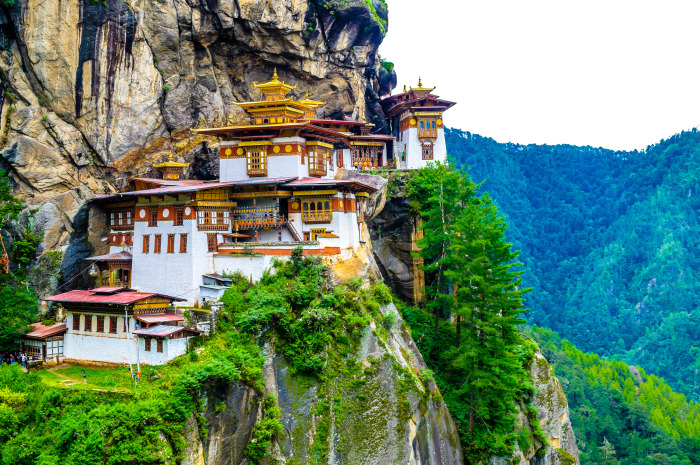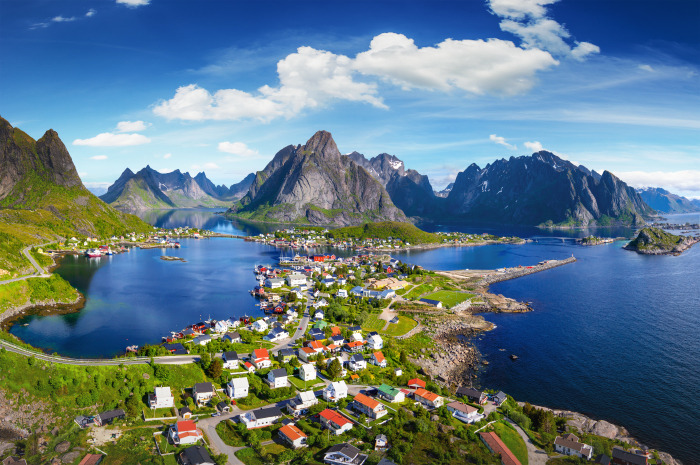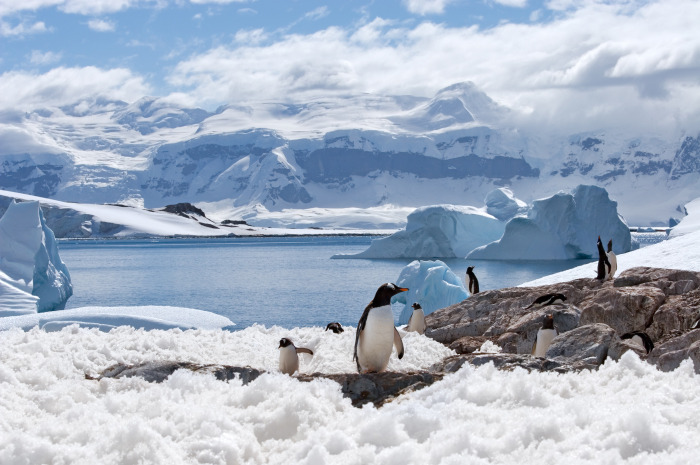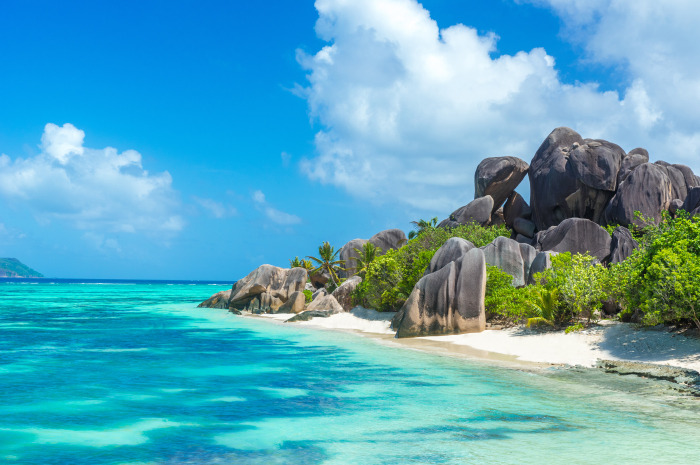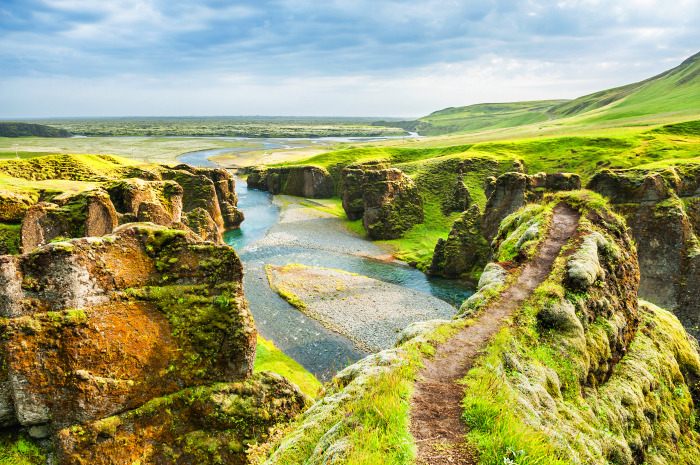Popular Places That Don't Want Any More Tourists
Popular cities are not falling victim to their own success after local officials have spent years promoting them as magical tourist destinations. Year after year, it seems, city councils are passing laws and adopting new restrictive rules to curb the number of newcomers.
Santorini, Greece
Santorini is one of the most beautiful and popular tourist destinations in the world. It's no surprise that people pay higher prices for cruises if they stop there. During peak season in the summer the number of visitors jumps to 10,000 a day. That's too many for the locals. Authorities are introducing a system to manage the flow of cruise traffic, allowing a maximum of 8,000 passengers per day.
Lord Howe Island, Australia
This little piece of heaven on Earth has a cap on tourists. There are only 400 licensed tourist beds; therefore, there cannot be more people on the island at a time. Also, there are no cell phones, just one policeman, and six miles of road. It's the ultimate destination to relax and unwind.
Barcelona, Spain
The city of 1.6 million people is overwhelmed by the approximately 32 million visitors every year, so local officials passed a law restricting entry to tourists. The number of beds on offer is limited and there is now a moratorium on building new hotels. The new law also halts issuing licenses for tourist apartments.
Cinque Terre, Italy
About 2.5 million tourists poured into the tiny Cinque Terre National Park in 2015. The villages nearby say they can't handle the flow. Day-trippers from cruise ships docking at nearby ports are simply too many. A decision was made to sell tickets ahead of time online. Also, an app will be showing which of the villages are most congested.
Koh Tachai, Thailand
Islands in Thailand have becomes too popular; some are putting restrictions on tourism and other are being closed entirely. Koh Tachai island off Phangnga closed indefinitely in 2016. Tourists spend too much time swimming, feeding fish, and snorkeling – all of which causes serious damages to the marine ecosystem, especially on coral reefs, according to local officials.
Bhutan
The country purposeful regulates who is being let in the country. Isolation often means preservation. Bhutan has a rocky landscape with snowcapped peaks and glacier covered terrain, so hiking will be an adventure there. The government has adopted a strict policy of "High Value, Low Impact Tourism." The aim is to attract discerning tourists that will respect the unique culture and environment.
Galapagos Islands
The 19 islands that inspired Darwin's theory of evolution are in trouble due to overflow of visitors. The UN had even listed the destination as an endangered heritage site until 2010. Tourism and overuse is killing the beautiful biodiverse islands. Now tourists have to abide by strict rules and visit certain sites with a guide only.
Norway
A leading nature group is calling for a limit on the number of people who want to visit popular places such as Preikestolen (Pulpit Rock) and Trolltunga (Troll Tongue). The number of visitors hiking to these places has jumped from 60,000 in 2009 to 300,000 today and from 1,000 to a 100,000 in only five years, respectively.
Mount Everest, Nepal
Getting to the top of the world is even harder now. The fee for foreigners was increased by $1,000. Nepalese tourism officials also banned novice climbers over safety concerns and even think about adding more restrictions such as setting minimum and maximum age limits for climbers.
Antarctica
If the vessel is carrying more than 500 passengers on board, it is not allowed to land any passengers while in Antarctic waters. No more than 100 passengers are allowed on shore at one time. The ratification of the Antarctic Treaty following a surge in tourists, bans also restricts landings to one vessel at a time per site.
Zion National Park, Utah
Local officials want a limit on daily visitors via a new reservation system. They have also suggested nixing campgrounds that operate on a first-come first-served basis, and fortifying the soil. The popular hiking destination Zion Canyon has suffered the most in recent years, but Zion-Mount Carmel Highway, the Narrows, and Angels Landing could also face new restrictions.
The Seychelles
In 2007 The Seychelles put a limit on tourist numbers of 200,000 per year after arrivals rose almost 10 percent the previous year. There is now a ban on the building of large hotel developments. Tourists started to outnumber locals almost by three-fold.
Venice, Italy
In April Venice's city council passed a set of measures aimed at reducing tourist numbers in the northern city's most popular areas. An installation of people-counters at high-traffic areas is planned. They will monitor the number of visitors. There is no cap, yet, but the numbers will be shared in real time online in an effort to avoid overcrowding.
Machu Picchu, Peru
The ancient site was added to UNESCO's "endangered" list in January 2016. New rules, as of July 1, state that anyone journeying to the "lost" citadel will need a ticket for either the morning (6 a.m.-midday) or the afternoon (midday-5.30 p.m.). Anyone wanting to linger on the site for longer than their allotted session will need to buy a ticket for both time-segments.
Iceland
Record 2.3 million people expected to visit the island in 2017. Iceland's population is 335,000 people. Can you do the math? The country is already a very expensive tourist destination and it may become even pricier. The government wants to raise hotel taxes, limit the number of visitors, and making tour operators to buy licenses.
